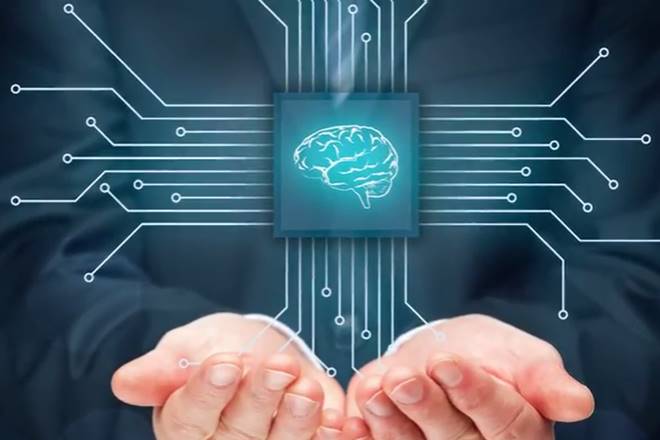How Big Data can help ease congestion?
- by 7wData

Fifty years ago, decisions like where to build a bus stop—a place that physically aggregates people wanting to get on to a bus—or which routes the buses should ply on were largely intuitive. Planners had some sense of how traffic flowed, and based on rudimentary data such calls were taken. The possibility that a bus stop was located at a place that did not have enough demand—and/or a designated route—was highly likely. These decisions, of course, had profound impacts on commuters and congestion levels.
Today, technology has the ability to acquire, aggregate and crunch people’s travel pattern data, which can, in turn, address two of India’s biggest transport challenges: congestion and low adoption of public transportation.
Reducing congestion Congestion is a result of both too many cars on the roads and mismanaged traffic. But imagine what you would do if you could capture travel histories of millions of commuters, aggregate it, and match it with adequate supply. Yes, you can help manage traffic using data patterns.
Accurate and real-time data is fundamental to this and can be leveraged to make traffic management more responsive by reducing wait times, overall journey times and congestion. In China, Didi Chuxing, the world’s largest mobile transportation platform, has deployed Didi Smart Brain—a solution that facilitates real-time data, leveraging cloud computing and AI-based technologies, to improve transportation infrastructure in cities, including traffic flow measurements and smart traffic signals.
Elsewhere in the world, similar experiments are underway. For example, the University of Arizona has partnered with Brazil’s fifth largest city Fortaleza’s bus service to help address congestion woes by leveraging Big Data. The researchers tracked the number of people that rode a bus and when and where they boarded, using data collected from the cards that passengers scan to ride. They also analysed data from GPS trackers on each of the city’s 2,200 buses, which log location information every 15-30 seconds. Using this data, the teams were able to write out algorithms that helped derive exactly how much time it took for a bus to move from one bus stop to the next. Then they were able to determine how fast a bus moves and where the delays happen.
[Social9_Share class=”s9-widget-wrapper”]
Upcoming Events
Evolving Your Data Architecture for Trustworthy Generative AI
18 April 2024
5 PM CET – 6 PM CET
Read MoreShift Difficult Problems Left with Graph Analysis on Streaming Data
29 April 2024
12 PM ET – 1 PM ET
Read More



